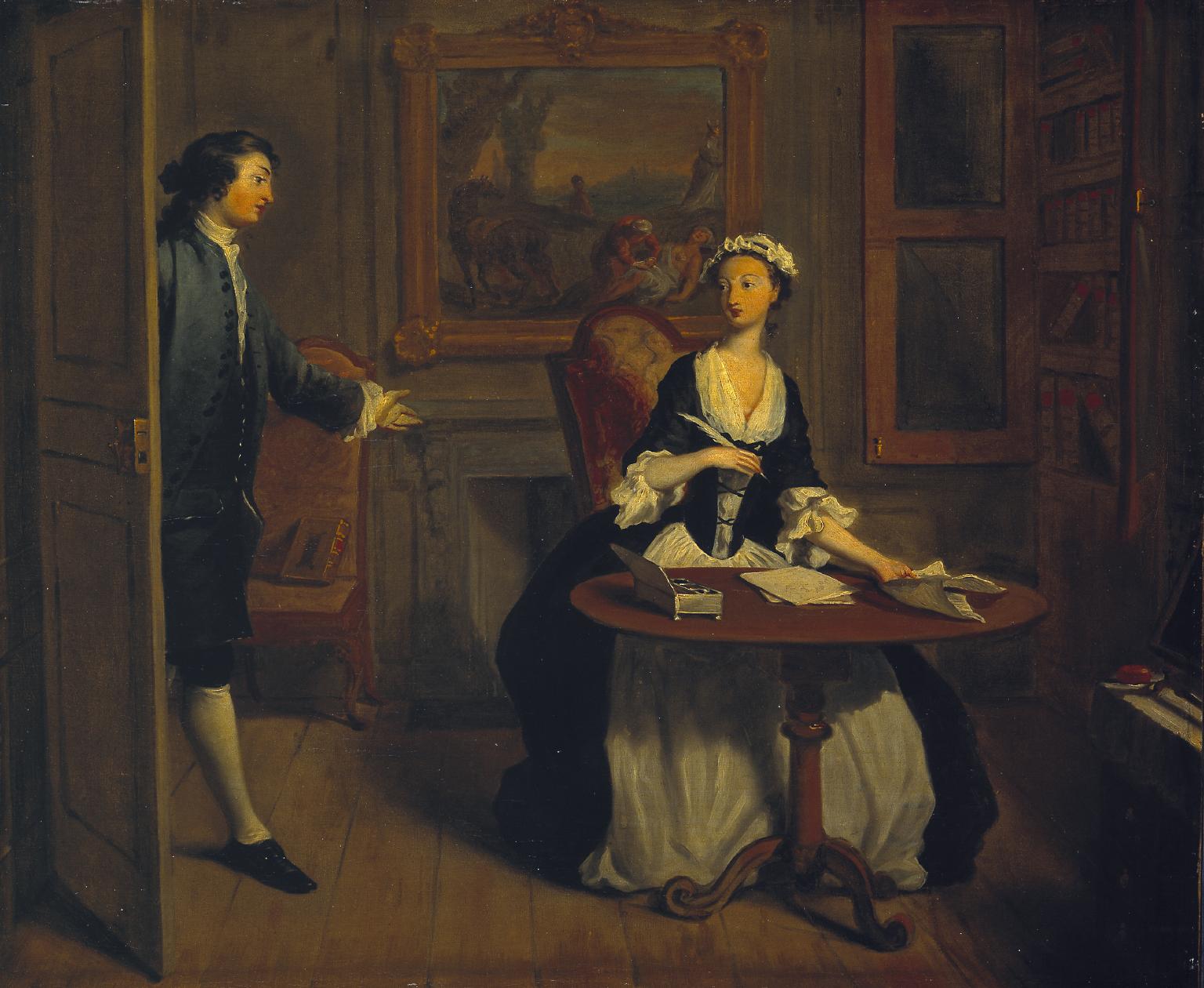
While today, the novel is arguably considered to be the most prestigious literary genre, this has not always been the case. In fact, the genre of the novel is a relative latecomer in English literary history, and when it first became a cultural mass phenomenon in the eighteenth century, it was, despite (or because?) of its popularity and commercial success, often viewed critically by literary authorities who favoured a neoclassical, rule-based approach to literature. In addition, its often calculated mixture of moral didacticism and erotic teasing, practised most notoriously by Samuel Richardson in Pamela; or, Virtue Rewarded (1740) and Clarissa; or, The History of a Young Lady (1748), made it morally suspect to many and often exposed it to scorn and ridicule. However, it was precisely the lack of a venerable tradition grounded in classical antiquity that also made the novel one of the most experimental, daring, and innovative genres of the eighteenth century – which often differed significantly from the archetypical form in which we still recognise it most easily today, that of the realist novel of the nineteenth century. Novels such as Laurence Sterne’s Life and Opinions of Tristram Shandy, Gentleman (1759-67), as funny as it is bizarre, embody the almost postmodern will to play, experiment, and interrogate the nature of fiction itself, which defines much of the best eighteenth-century prose writing.
The aim of this lecture is to trace the development of the novel and the social and ideological forces that gave birth to it. We will do so by taking a long view of its origins. We will consider early modern precursor genres, such as romance and amatory fiction (e.g. by Eliza Haywood), or spiritual autobiography and allegory (such as John Bunyan’s Pilgrim’s Progress), and question in what ways the eighteenth-century novel was really different from what came before. We will explore the manifold manifestations of the novel in the eighteenth century itself, such as the epistolary novel, crime (auto-)biography, the Robinsonade (named after Daniel Defoe’s Robinson Crusoe – the eighteenth-century equivalent of I’m a Celebrity… Get Me Out of Here!), gothic fiction, as well as the mordant satires which these subgenres spawned. Finally, we will follow the novel on its way to literary respectability into the early nineteenth century, with a particular emphasis on the works of Jane Austen. Throughout, we will pay particular attention to processes of canon formation and questions of literary prestige (especially with regard to women writers), which play a key role in the ways in which we still view the novel and its history today.
- Dozent/in: Kilian Markus Schindler
